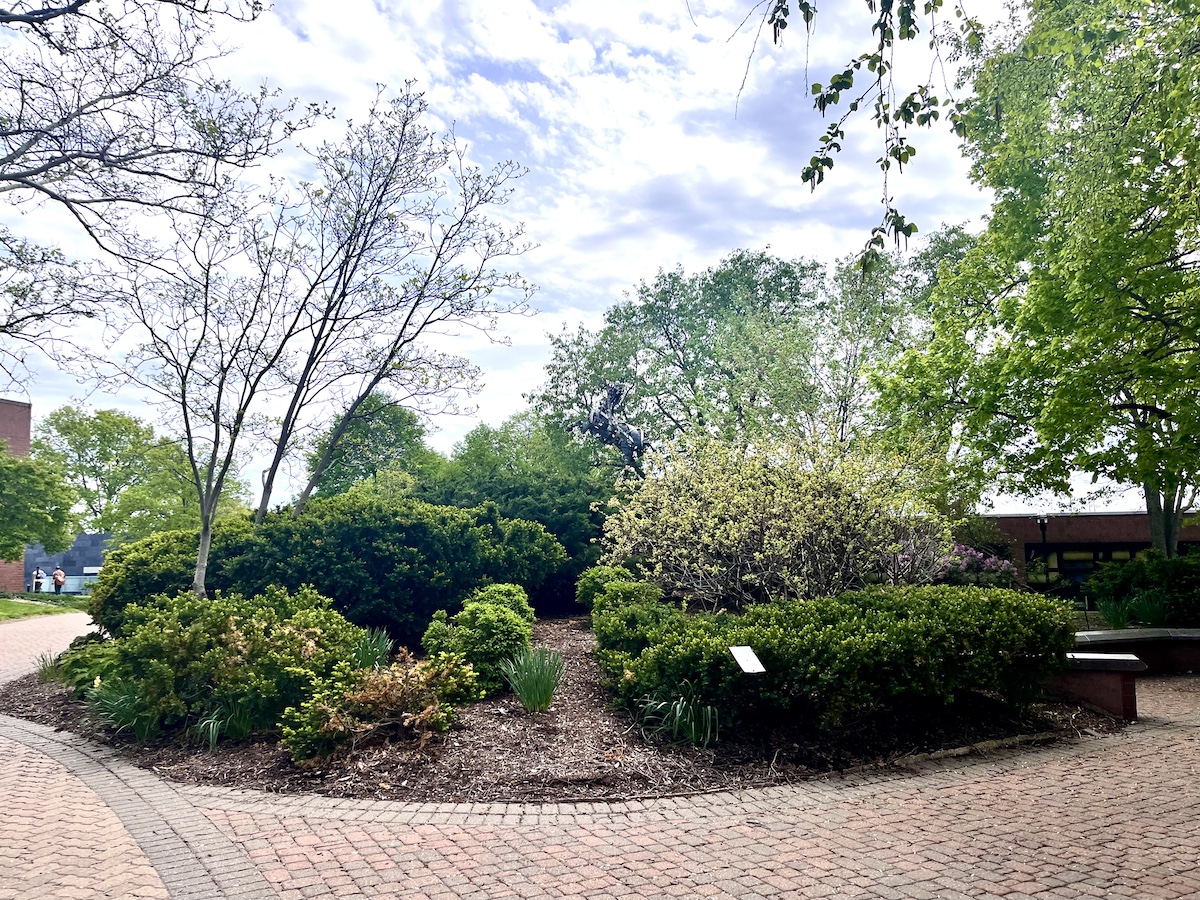(Photo by: Elizabeth Taylor)
This spring, JCCC’s Student Environmental Alliance (SEA) is hosting a fun new way to explore this season. They’re looking for students who want to participate in a photo competition, only this one is a little different from most. Instead of being judged on your photo, the winner is the person who can upload the most pictures of different wild plants, fungi, and animals to the free iNaturalist app. This app can also help you identify any species you take a picture of, as long as you’re connected to the internet.
“Getting outside and enjoying the natural world is important to our health and wellbeing and can also stimulate our sense of curiosity and wonder,” Lani Witters, Associate Professor of Science, said. “Learning to see and appreciate the many different species in our environment helps us to value the biodiversity that is critical to the healthy functioning of the ecosystems that we live in and depend on.”
She goes on to explain why this competition is important.
“By photographing the living organisms that we see and uploading them to iNaturalist we are creating an observation that contains valuable data that can be used by researchers worldwide,” Witters said. “Once verified through crowdsourcing, the uploaded photo captures information on species, date, time, and location along with other details that contribute to understanding biodiversity. iNaturalist uses a citizen science model to gather information and the data generated has been used by scientists to understand things like range changes for certain species, spread of invasive species, and the impacts of roads on wildlife (roadkill pictures). iNaturalist has played a critical role in the discovery of new species or rediscovery of species previously considered extinct, and it serves as an important resource of open data for biodiversity research, conservation, and education.”
When participating in this competition, it’s important to know what makes a good picture.
“In order to improve the chances of a correct identification, clear, in-focus photos that capture the subject in detail work the best,” Witters said. “It may be helpful to crop a photo before uploading it so that the organism is mostly filling the frame and the image is not cluttered with other things. Multiple photos from different angles can help showcase important identifying features, such as leaves, flowers, or distinctive markings.”
Although the competition has been going on for a couple weeks, since April 1, there’s still time to get out there and find lots of animals before the deadline on April 30. SEA will be announcing the winners at 2 p.m. on May 5.
For more information, please click here or contact Professor Witters at [email protected].












Leave a Reply